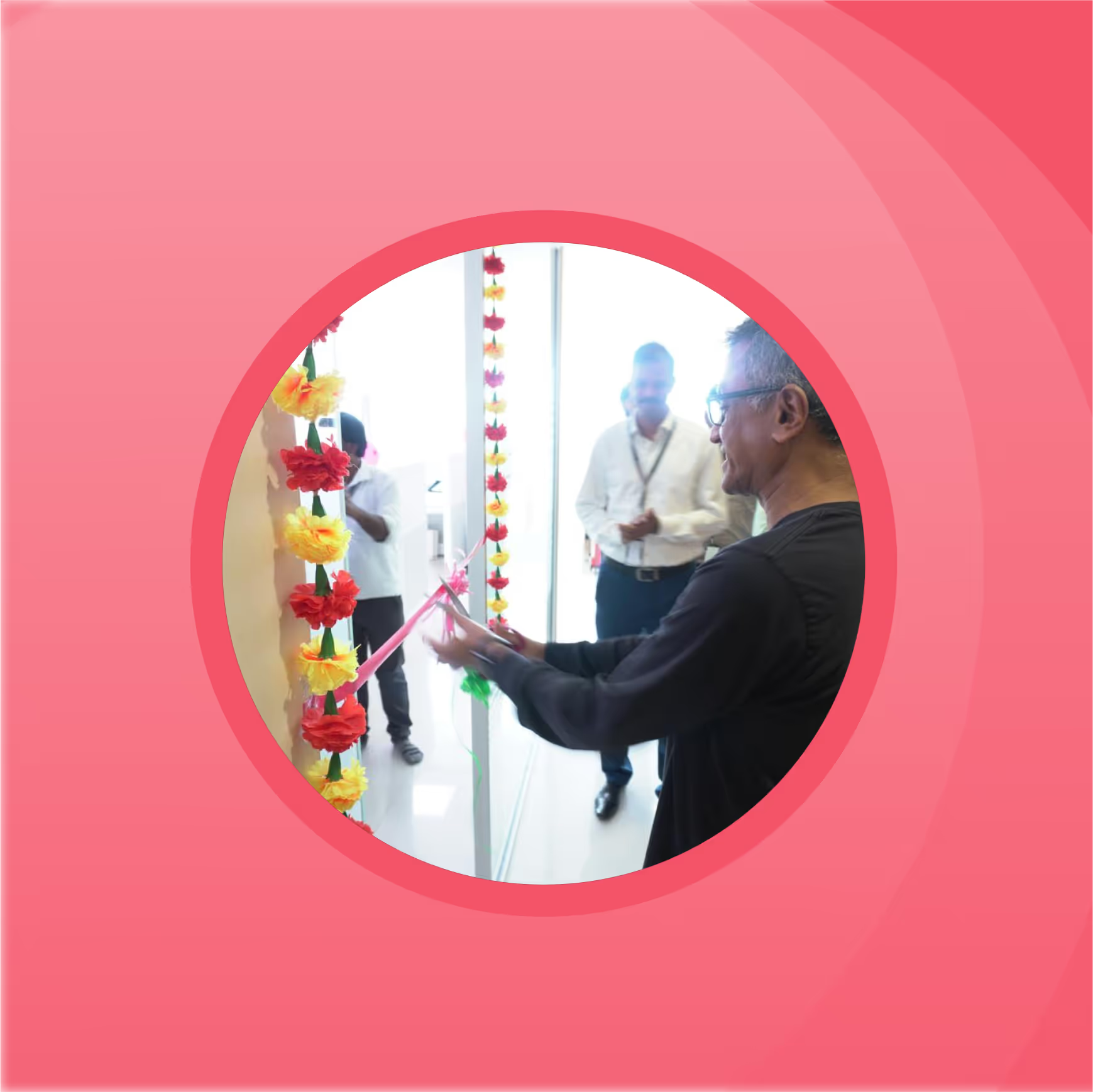Essential Guide to Train Objects for AI Programs: How to Optimize Performance and Accuracy
Training objects for AI programs is a crucial step in developing effective and accurate machine learning algorithms.

Unlocking the Full Potential of AI Programs through Effective Training Object Strategies
Introduction:
Training objects for AI programs is a crucial step in developing effective and accurate machine learning algorithms. In order for AI programs to recognize and understand different objects in images or videos, they must be trained on large datasets that are labeled with the correct object information.
Object recognition is one of the primary objectives of training objects for AI programs. By accurately identifying and classifying various objects within an image or video, these programs can perform tasks such as visual search, object tracking, autonomous driving, facial recognition, and much more.
Create ML Vs Tensor flow:
When it comes to machine learning (ML) frameworks, two popular options that often come up in discussions are Create ML and TensorFlow. Both frameworks have their own strengths and can be used for various applications in the field of artificial intelligence (AI).
Create ML is a framework developed by Apple specifically for building machine learning models on Apple devices. It provides a user-friendly interface and allows developers to train models without extensive knowledge of machine learning algorithms.
On the other hand, TensorFlow is an open-source ML framework developed by Google. It offers a wide range of tools and libraries that enable developers to build complex deep learning models. It can be used across different platforms and has extensive community support.
In terms of performance, both Create ML and TensorFlow have their own advantages depending on the specific use case. Create ML excels in providing seamless integration with Apple's ecosystem, while TensorFlow offers more flexibility in terms of model customization and deployment options.
Ultimately, the choice between Create ML and TensorFlow depends on factors such as the specific requirements of the project, familiarity with the framework, available resources, and compatibility with existing systems or infrastructure. Developers should carefully evaluate these factors before deciding which framework best suits their needs.
Why was Create ML chosen?
Create ML and Tensor flow, both provide 90 objects that can be easily used in the application. As an iOS application was used, Create ML was chosen to be reliable with the same environment.
Create ML tool allows users to leverage their own data to train models specific to their needs. The training happens only for the newly added objects. To train the models for image recognition, Create ML provides a user-friendly interface that simplifies the training process.
The tool also offers features such as data augmentation, which helps enhance the performance of trained models by generating additional variations of existing data. With Create ML, users have the flexibility to experiment with different parameters and techniques to optimize model performance.

The architecture of Create ML consists of several key components that work together to facilitate the creation and deployment of machine learning models.
Image annotation involves the process of labeling objects within an image with corresponding bounding boxes or masks. This enables AI algorithms to learn and understand the various objects present in an image, allowing them to perform tasks such as object detection, segmentation, and classification. Annotations are done using online tools.
Annotations used
- Bounding box annotation
- Instance Segmentation
Bounding box annotation


It involves drawing rectangles or bounding boxes around specific objects or regions of interest within an image. The main purpose of bounding box annotation is to provide precise and accurate information about the location and size of objects within a given dataset.
Instance Segmentation


It involves identifying and delineating individual objects within an image at the pixel level.In the context of instance segmentation, annotators outline each object in an image to create accurate data. This process requires a deep understanding of the objects boundaries and their relationships within the image.
In Bounding box annotation, the accuracy is low compared to Instance segmentation.In Instance segmentation, the user will annotate the exact object position in the image. This results in more accuracy in object training.
Annotated images will be uploaded to S3 for object training. The requirement for each object to be trained is 1500+ images.
Pros and cons of CreateML and Tensor flow
Create ML
- Create ML is an Apple framework that focuses on simplicity and ease of use. It is specifically designed for developers who want to build machine learning models on Apple devices.
- With Create ML, one can train models using own data without writing complex code.
- It offers a user-friendly interface and pre-built templates for common tasks.
- If user is an Apple developer looking for a simple solution to integrate machine learning into your apps or workflows, Create ML might be the way to go.
- Easy to train the objects.
- Accuracy is less compared to Tensorflow.
Tensor flow
- Tensorflow is an open-source library developed by Google.
- It provides a more comprehensive set of tools and functionalities for building and training machine learning models.
- Tensorflow is known for its flexibility and scalability, making it a popular choice among researchers and developers working on complex AI projects.
- If users want to have more advanced capabilities or want to work with non-Apple platforms as well, Tensorflow offers a wider range of options.
- Comparatively complex to train the objects.
- Provides more accuracy.
In conclusion, object training plays a crucial role in the development and improvement of AI models.
However, it is important to acknowledge the limitations of object training. The accuracy of AI models heavily depends on the quality and diversity of the training data.
Continued research and advancements in object training will contribute towards improving accuracy and addressing limitations in AI models.



